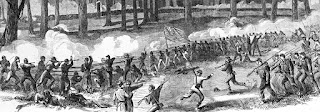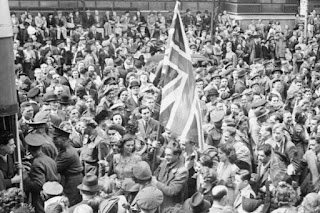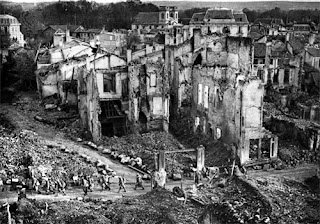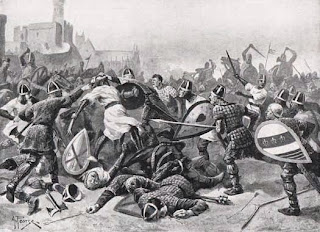13 may, 1777 University library at Vienna opens

After the disintegration of the Jesuit request (1773), the new "Scholastic Library" was made out of the book accumulations of the five Lower Austrian Colleges and countless from the Court Library. This was opened on 13 May 1777, the birthday of Maria Theresa of Austria, in the working of the Academic College. At first, the stock comprised of exactly 45,000 books and amid Emperor Joseph II's disintegration of the cloisters, this was soon significantly augmented. As opposed to its precursors, the new library was interested in the overall population. In the vicinity of 1827 and 1829, it gained the classicist augmentation (Postgasse 9) to the Academic College, in which it was to be suited until 1884. In this year, the principle library, with nearly 300,000 books, moved to Heinrich von Ferstel's new Main Building on the Ring, where stacks for somewhere in the range of 500,000 volumes had as of now been readied. With a yearly development of up to 30,000 volumes, the surplus...





